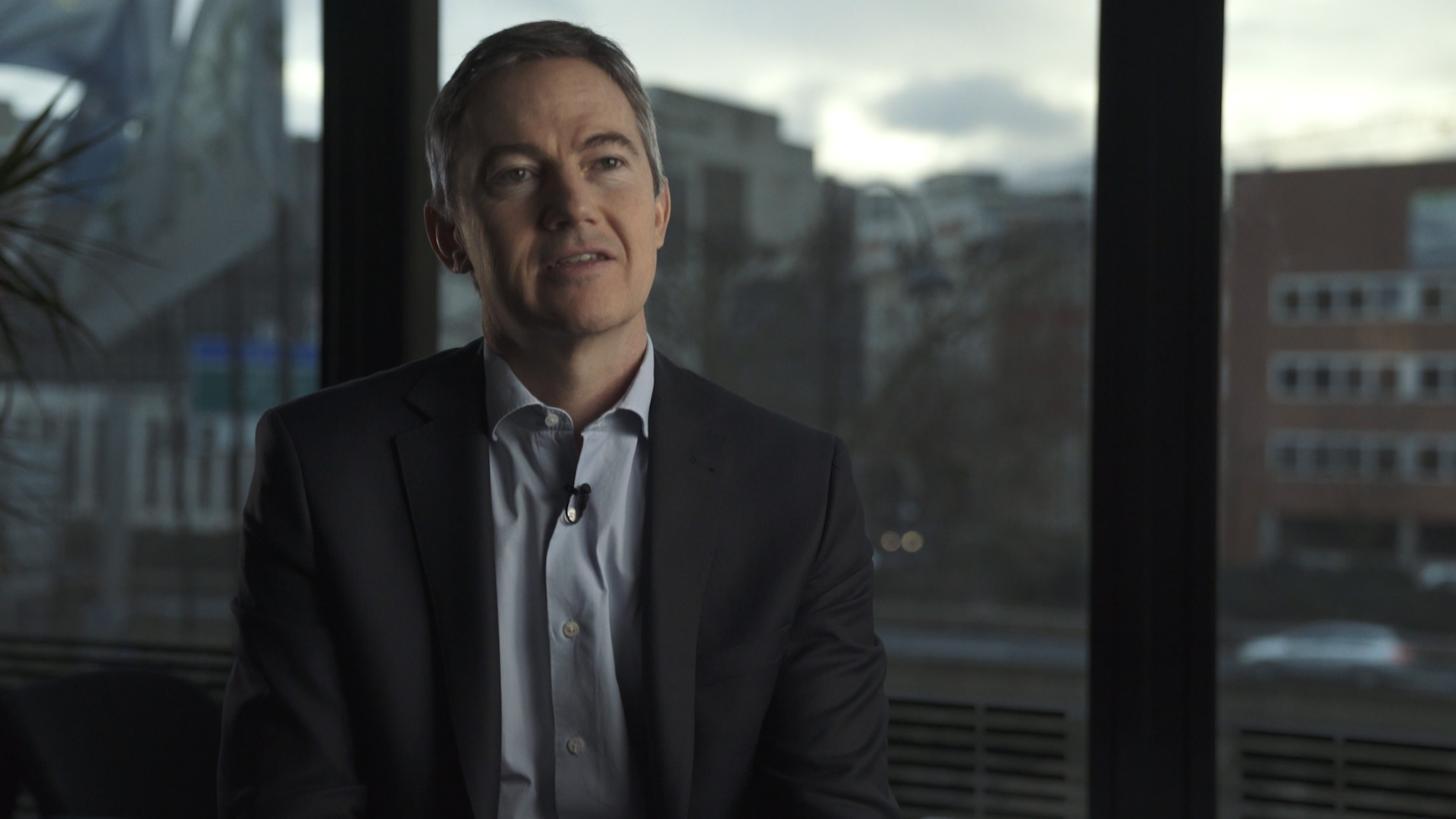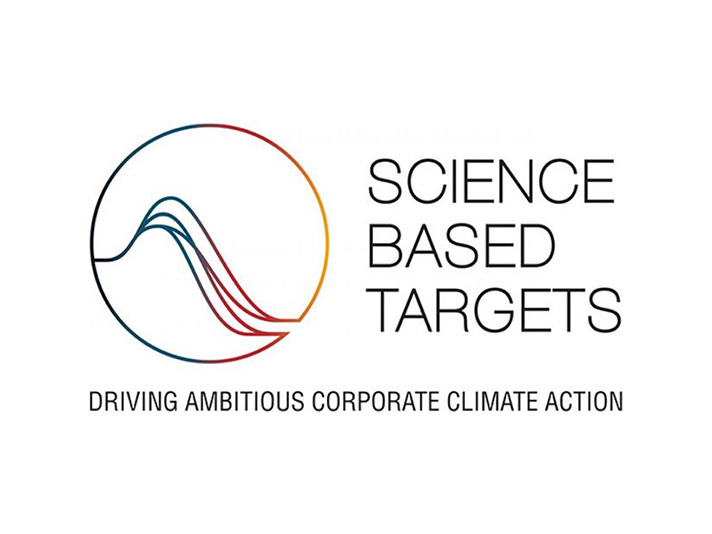An engine for innovation
Decades ago, sustainability and environmental concerns emerged as scientific studies began to uncover the harm being done to the planet by development and industry. Some corporations reacted to this trend by trying to demonstrate how they were working to use fewer resources or to offset their carbon footprint. Sustainability and environmental responsibility were seen as risk mitigation — as a burden for corporations to bear lest their reputation be damaged in the public eye. Indeed, some organizations still operate in this manner, with sustainability and environmental responsibility viewed as “nice to haves” instead of the what they truly are: an engine for innovation.
The reality is, good environmental strategy is good business strategy. And good environmental performance makes for good business performance.





